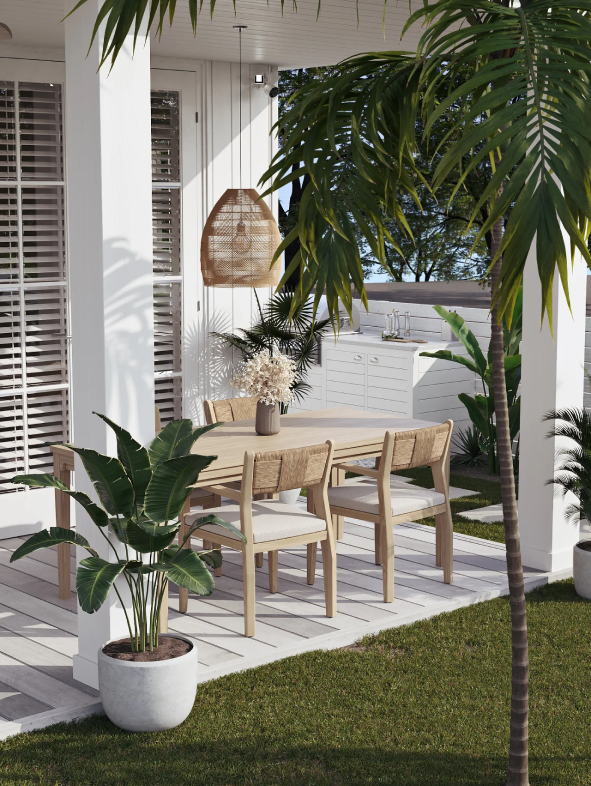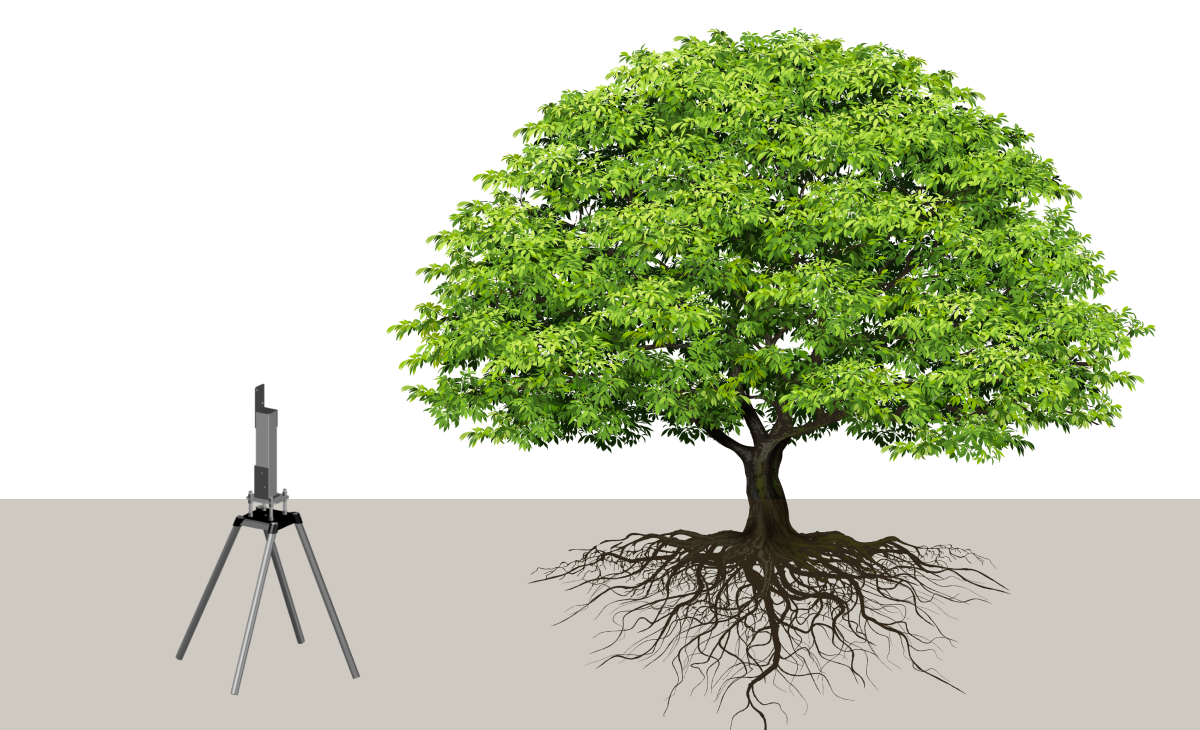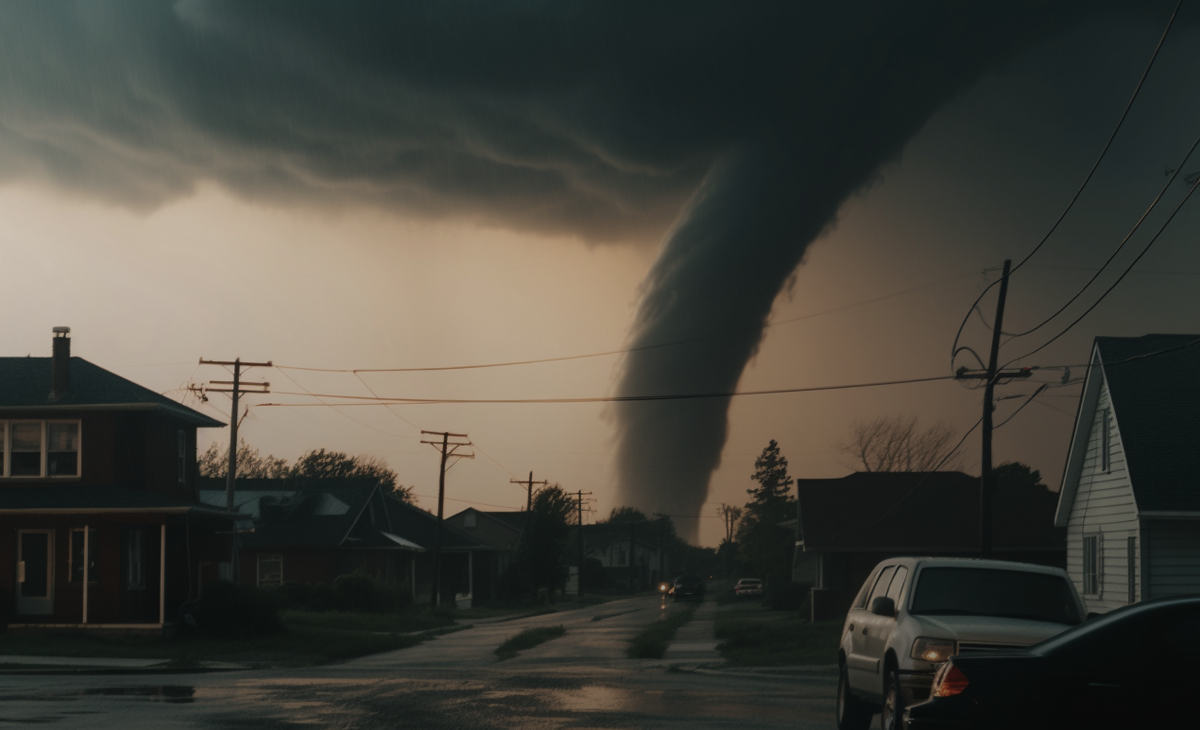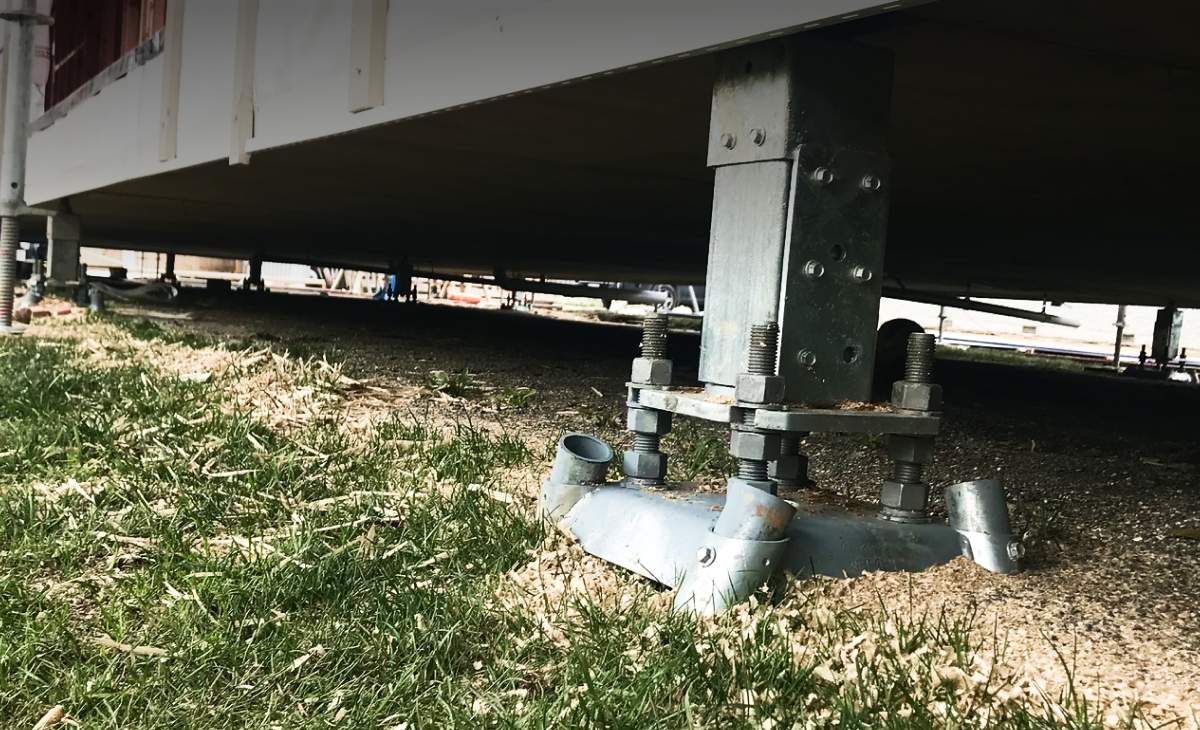Your pants will thank you
Concrete is a pour substitute.
For home foundations, that is.
Concrete slabs can crack, slide, break, and leach.
Plus, concrete has a gnarly carbon footprint.
And working with concrete is messy. Have you ever tried to get dried concrete off work pants?
By the way, recommendations vary.
Some sources recommend using a dull knife.
Others recommend bristle brushes.
One even suggests using a power washer. A power washer?! (Seriously, did they even consider how demeaning that is to the power washer?)
Fine.
If you DO decide a power washer is called for, we recommend using it only after removing your jeans.
Of course, you could skip the whole mess and avoid concrete altogether.
We do.
Momo Homes uses the Surefoot footings system, a 100-percent-steel system that works like a tree’s deep root network.
Surefoot footings give you a stable base in any penetrable soil: sands, silts, clays, small gravels, and even rock.
Surefoot footings are fully recyclable.
And they install in about half the time of a slab, with no dried concrete to clean off your pants.
Which means you can wash your pants the normal way.
And preserve your power washer’s dignity.
Cheers,
Jeff
Jeff Williams is Momo’s chief marketing officer.




